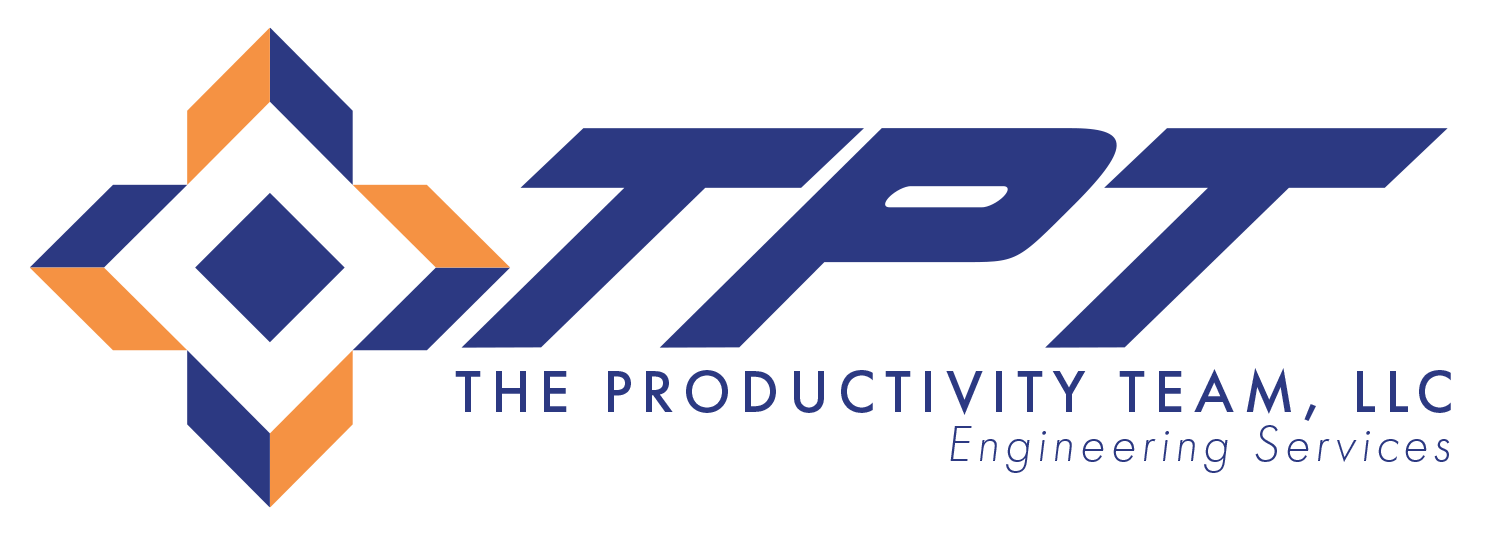To effectively handle, store, replenish, and transport your materials, it is crucial to develop a Plan for Every Part (PFEP). PFEP development is a strategic approach that allows businesses to optimize their material flow and minimize waste throughout the supply chain.
Know Your Parts
The first step in PFEP development is to thoroughly analyze your current material handling processes. This involves identifying all the parts and materials used in your operations, understanding their characteristics, and determining their specific requirements for storage and transportation.
Plans for Storage
Next, create a comprehensive plan that outlines how each part will be handled from the moment it enters your facility until it reaches its final destination. This includes defining the optimal storage locations based on factors such as part demand, accessibility, and space utilization. Additionally, consider implementing visual management techniques to enhance efficiency and minimize errors.
Streamlining Replenishment
Replenishment is another critical aspect of PFEP development. By accurately forecasting demand and establishing appropriate reorder points, you can ensure that materials are replenished in a timely manner without causing production delays or excess inventory. Implementing electronic data interchange (EDI) systems or other automated processes can further streamline this process.
Consider Your Transportation Options
Transportation plays a vital role in material flow optimization. Develop a transportation plan that considers factors such as distance traveled, mode of transportation (e.g., trucking or air freight), packaging requirements, and delivery schedules. Collaborating with reliable logistics partners can help ensure timely deliveries while minimizing costs.
Stay Informed
Lastly, establish clear communication channels with suppliers to keep them informed about your material requirements and any changes in demand or specifications. Regularly review and update your PFEP based on feedback from all stakeholders involved in the material flow process.
Conclusion
By developing an effective PFEP strategy for handling, storing replenishing, and transporting materials within your organization’s supply chain, you can achieve greater operational efficiency while reducing costs associated with waste and inefficiencies.
Contact Us to Learn More About TPT
TPT is the leading provider of facility planning and engineering services. Contact us today to speak with one of our planning and engineering specialists.
